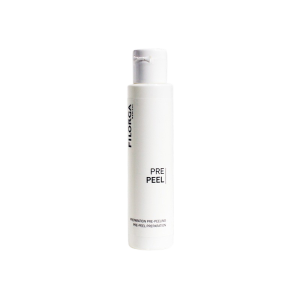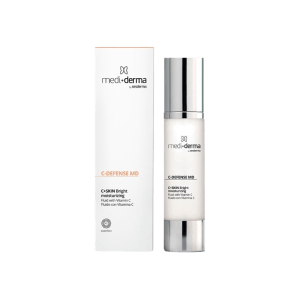Discover Your Beauty Essentials at Med Wholesale Supplies
FILTERS
Price
Product categories
Brands
Actemra®
Prescription Medication
$323.83
Select options
This product has multiple variants. The options may be chosen on the product page
Aliaxin® EV Essential Volume
Dermal Filler
$184.79 - $209.99
Aliaxin® FL Lips Filler
Dermal Filler
$178.63 - $202.99
Aliaxin® GP Global Performance
Dermal Filler
$189.19 - $214.99
Aliaxin® LV Lips Volume
Dermal Filler
$174.23 - $197.99
Aliaxin® SR Shape & Restore
Dermal Filler
$147.83 - $167.99
Aliaxin® SV Superior Volume
Dermal Filler
$181.27 - $205.99
Alidya™ Vial
Injectable Antilipodystrophic Agent And Fat Removal
$126.71 - $143.99
Aqualyx®
Fat Dissolving Injection
$548.23 - $622.99



